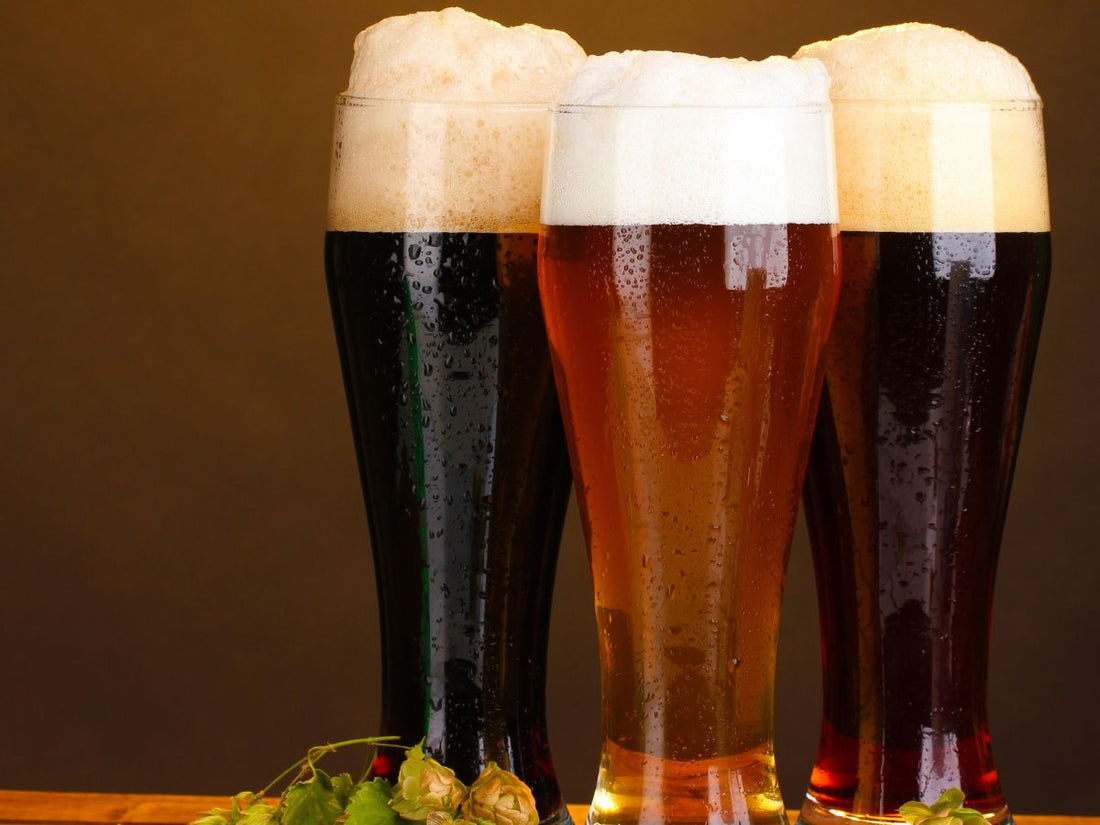Taste the Finest Galveston Whiskey: Neighborhood Distilleries and Special Choices
Taste the Finest Galveston Whiskey: Neighborhood Distilleries and Special Choices
Blog Article
The Ultimate Distillery Experience: From Grain to Glass, Every Little Thing You Required to Know
Getting started on a trip via the intricacies of the distillery process reveals a world where scientific research satisfies creativity in the development of spirits. From the cautious choice of grains to the precise crafting of each bottle, every step in the manufacturing line plays an important function in forming the final item that enhances our glasses.
The Art of Grain Option
Choosing the suitable grains is an essential step in the purification procedure, determining the taste account and high quality of the last item. The kind of grain picked considerably affects the character of the spirit being produced - Seawall Bar. Usual grains used in purification consist of barley, rye, corn, and wheat, each conveying distinct tastes and characteristics to the end product

Beyond taste considerations, the top quality and purity of the grains are extremely important. Distillers thoroughly source grains to guarantee they are devoid of impurities and have the required starch content for fermentation. By grasping the art of grain option, distillers lay the structure for producing outstanding spirits that captivate the palate.
Distillation Refine Demystified
Having actually developed the structure with thorough grain option, the purification procedure arises as the transformative phase where the essence of the selected grains is opened and refined into a spirited kind. Purification is a systematic procedure that counts on the principle of separating alcohol from a combination based upon distinctions in boiling points. As soon as the fermented mash is heated up in the still, the alcohol evaporates at a reduced temperature than water and various other compounds, permitting its extraction. As the alcohol vapors pass and increase via the still, they condense back into fluid form, resulting in a higher evidence extract. This extract, likewise referred to as the 'heart cut,' is the purest and most preferable portion of the purification run. Nonetheless, the procedure doesn't finish there; several distillation runs or additional steps such as aging in barrels might even more fine-tune the spirit, boosting its complexity, personality, and flavor. Understanding the ins and outs of the purification procedure is crucial for generating top notch spirits that mesmerize lovers and lovers alike.
Barrel Aging and Taste Advancement
During the barrel aging process, spirits undergo a transformative journey as they connect with the wood, absorbing nuanced flavors and developing a rich intricacy. The kind of timber made use of, usually oak, considerably affects the last taste of the spirit. Oak barrels are favored for their special buildings that improve the taste profile. As spirits age in the barrels, they extract compounds such as vanillin, lignin, and tannins from the timber, adding to the development of scents like vanilla, sugar, seasoning, and also tips of toasted oak.
Furthermore, the aging procedure enables for oxidation to occur, bring about additional chain reaction that mellow the spirit and complete any type of rough sides. The porous nature of wood additionally enables the spirit to take a breath, promoting the assimilation of flavors with time. Depending upon the period of aging and ecological conditions like temperature level and humidity, spirits can acquire various features, from refined wood notes to deep, complex flavors that make each batch one-of-a-kind. Ultimately, barrel aging plays a critical function in forming the distinct preference profile of each look at these guys spirit, offering a sensorial journey for aficionados to appreciate.
Workmanship in Bottling and Identifying
As spirits reach their optimum taste profiles with barrel aging, the thorough craftsmanship in bottling and labeling becomes the following crucial step in providing a costs item to consumers. The procedure of classifying and bottling is a critical facet of the general distillery experience, as it is the last touchpoint prior to the item reaches the hands of customers (Galveston Liquor). Workmanship in bottling includes making sure that each bottle is loaded exactly with the spirit, considering aspects look these up such as uniformity in fill levels and the avoidance of any kind of pollutants getting in the bottle

Tasting and Appreciating Great Spirits
To totally value fine spirits, one have to involve all the senses in a conscious and intentional sampling experience. When sampling penalty spirits, it is crucial to begin by observing the spirit's look. Swish article the spirit in your mouth to fully experience its appearance and taste.
Verdict
In conclusion, the distillery experience encompasses the elaborate art of grain choice, the accurate purification procedure, the transformative barrel aging, the thorough craftsmanship in identifying and bottling, and the innovative practice of sampling and valuing great spirits. Each action in the production process plays an important function in developing high-grade spirits that astound the senses and pleasure lovers worldwide.
The type of grain chosen considerably affects the character of the spirit being generated. By grasping the art of grain selection, distillers lay the foundation for creating outstanding spirits that astound the palate.

Report this page